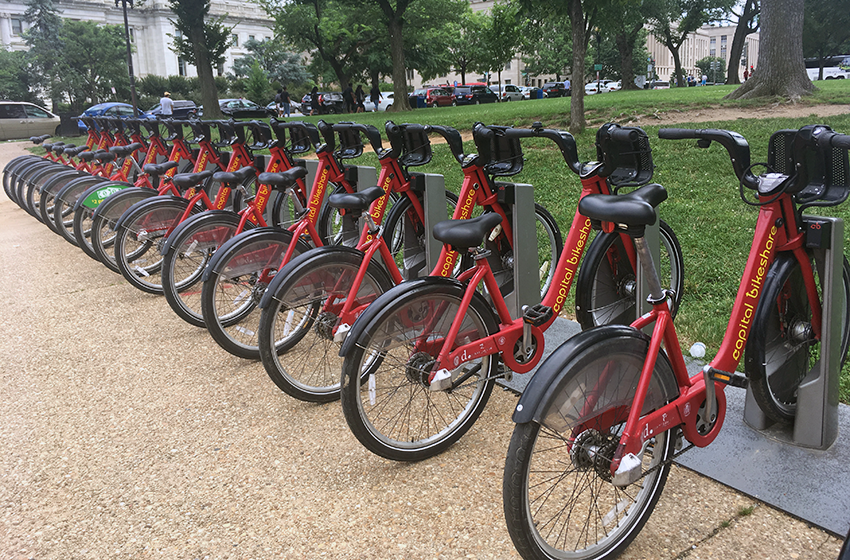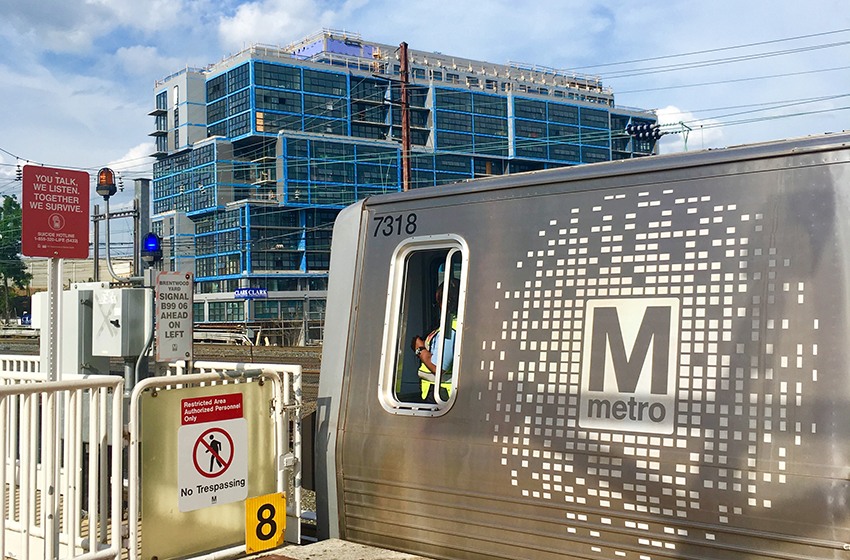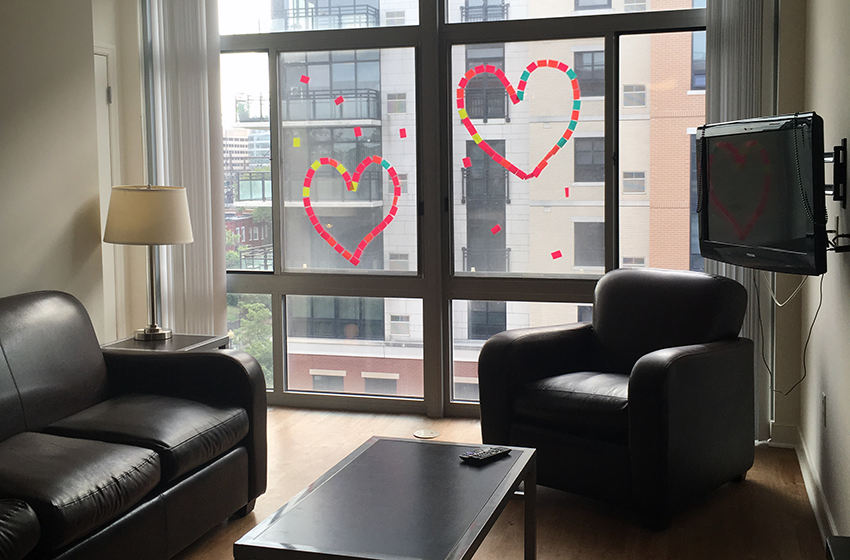
Washington, D.C. is by far one of the most budget friendly cities for students, offering an incredible amount of free entertainment and activities.
From open jazz festivals to free admittance into most museums and galleries, there is an abundance of choices for families, adults, and students alike. The time I spent budgeting cannot did not account for smaller costs that were paid throughout the first couple of weeks. Either I had not enough set aside, or I had miscalculated these expenses. If you are planning your trip to Washington, D.C., be sure to keep these extra expenses in mind.
Public Transportation

The Metro is a standard method of transportation for students, and can be a convenient way to cross the city. The base fare is $2.50 per ride. Not too bad, right? Keep in mind you are spending this on the way home as well, and sometimes even more. The longer and farther you travel, the more you will spend. The fares are also slightly more expensive at peak hours of the work week: from 5 a.m. to 9:30 a.m. and 3 p.m. to 7 p.m. Monday through Friday. As with anything, there are alternative methods of transportation. Some cheaper options exist such as Capital Bike Share, and more expensive options including Uber, Lyft, and taxis.
- So what: Plan to spend at least $350 for a ten-week stay assuming you have a short ride, and only take the metro twice a day.
Home Goods
Living in The Washington Center’s Residential and Academic Facility (the RAF) was my first experience living in a shared living arrangement, and I was surprised at the amount of little day-to-day items the apartment required. I was relieved the apartment was already equipped with the more costly appliances and amenities such as a microwave, dishware, and even in-unit laundry!
- So what: From dishcloths and tea towels, to bath mats and cleaning products, there was an initial cost of $100 for basic residence costs. (Trust me, some of these things were worth investing in. With nothing keeping the water from flowing onto the floor and causing a daily swamp, the bath mats were a definite savior!)

Exchange Rates
As a Canadian, there was another factor that contributed a substantial amount to my hidden costs: the exchange rate. Everything seems relatively cheap here, but I have to be careful to remember to factor in the exchange rate when purchasing anything. What seems like a steal on the label shows up as an unexpectedly large credit card charge!
- So what: The Canadian Dollar is in constant fluctuation and has been steadily increasing for the past few months, and currently stands at $1.33 CAN/USD. To find out how the exchange rate might affect your spendings, visit an exchange rate calculator to compare find the rate for your country! Despite the unexpected costs of living abroad, there are numerous budget friendly alternatives and free events that make up for these hidden costs. The best way to avoid these costs is to prepare, do your research, and become aware of all potential spending in the classroom, in your residence, at the internship, and getting around town.
About the Author






















